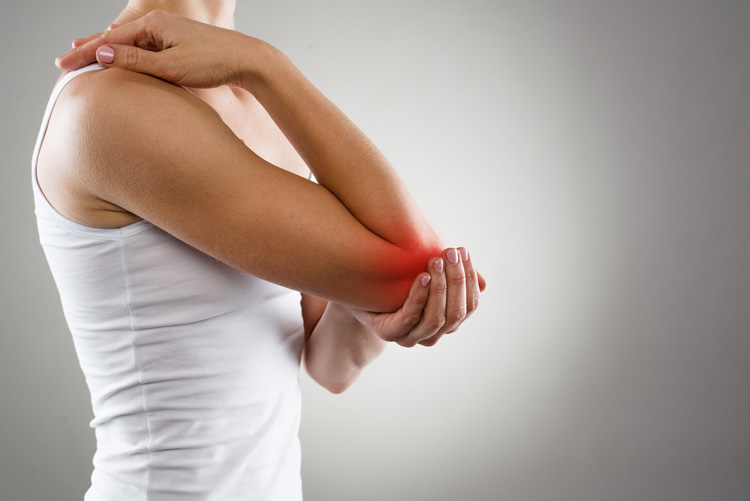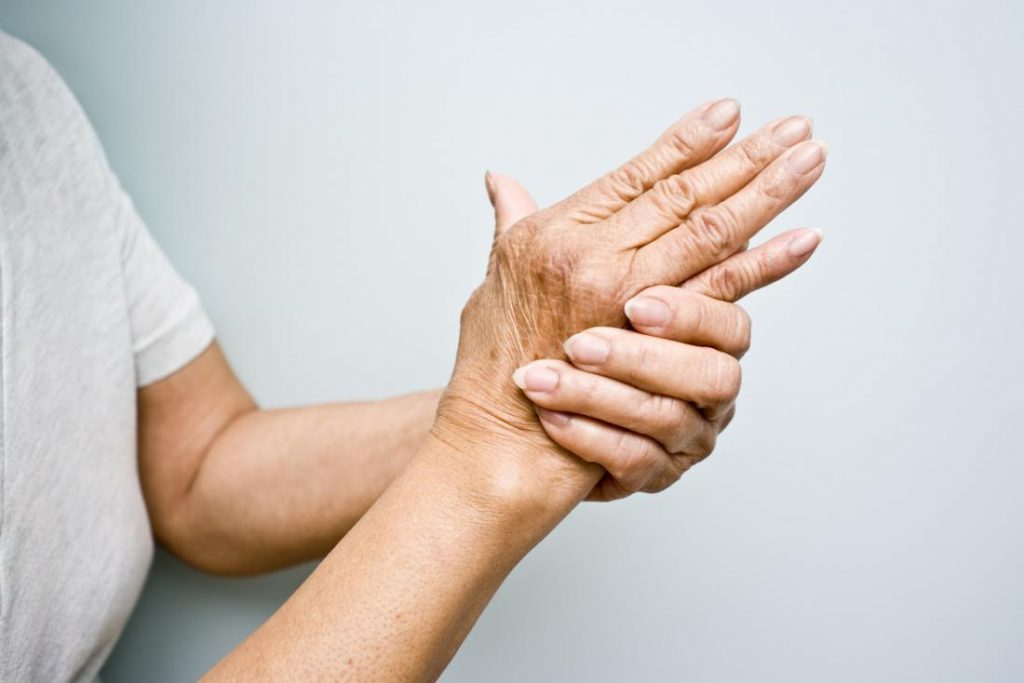How Do the Joints work?
Your joints are the movable connection between two bones. The key function of a joint is to make repeated and smooth movement between the two bones. A layer of cartilage covers the surfaces of the joint and is there to help smooth functioning; it basically prevents hard contact between joint and bone.
You get to see a joint where two bones meet; joints enable both adjoining bones to move with respect to one another. For instance, the elbow joint helps connect the bone of the upper and lower arm. Proper functioning of joints is also influenced by several related parts such as cartilage, muscles, ligaments, joint fluid, and bursa.
Every joint is composed of a joint capsule and a joint cavity, a joint capsule is an important element that seals joint from outside and it has two key layers (inner and outer layers). In inner layer there are nerves and blood vessels, these nerves send pain signals to the brain. On the other hand, the outer layer of the joint capsule is composed of firm fibrous tissue. If a joint is inactive, these fibers starts to vanish and as a result the joint capsule becomes contracted leading to difficulty in movement. Doctors suggest physiotherapy; it helps keep firm movement of the joints after injury.
There are some joints that have other structure inside joint cavity and some have special shape such as hip joint. Synovial fluid is produced by cells inside joint capsule; this thick fluid nourishes cartilage and ensures smooth working of bones. It acts as shock absorber.
Shock Absorption
When you put your foot on the floor and you don’t feel any type of pain or sensation in your knees so it means you have healthy joints. Tissues in the joints act as shock absorbers. They are just like springs that absorb the energy thrown by thigh muscles and slow down the force on the bone. The shock absorbing properties of the joint are mainly because of cartilage and thin cushion fluid that efficiently fills gap between the bones.
Joint functionality/flexibility varies from person to person. The flexibility of joints decreases with age. Replacing key nutrients can help slow that process.


